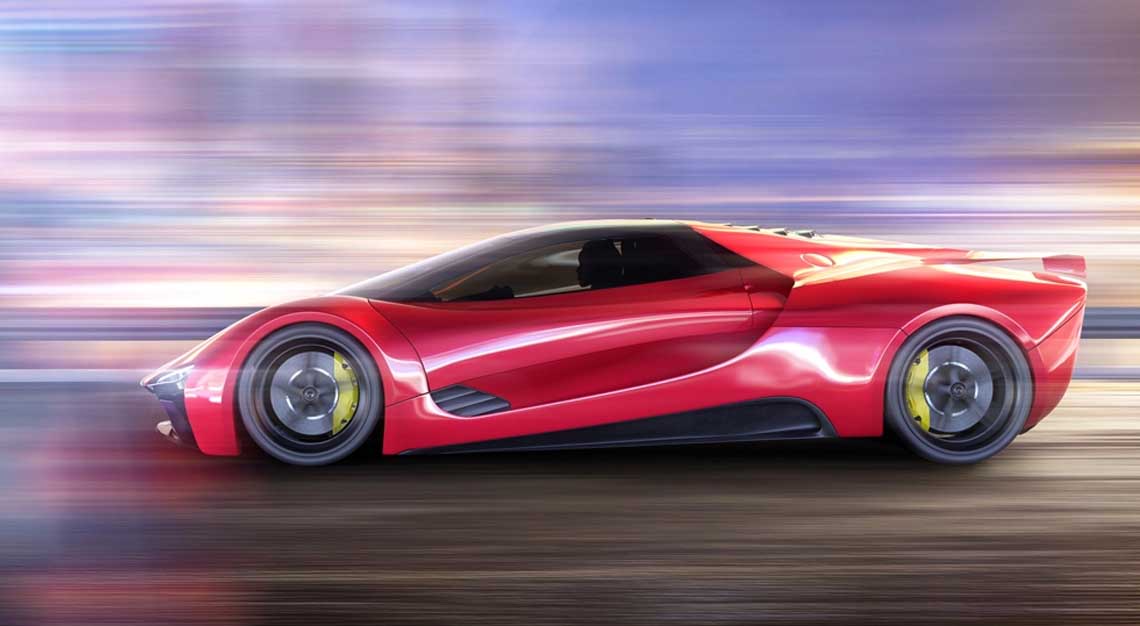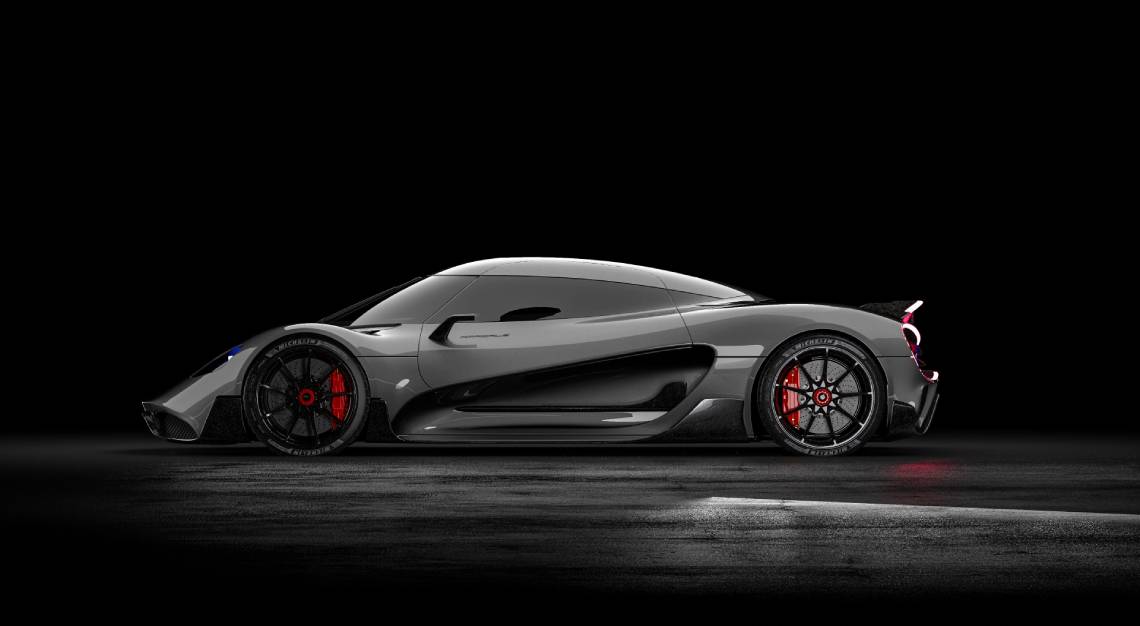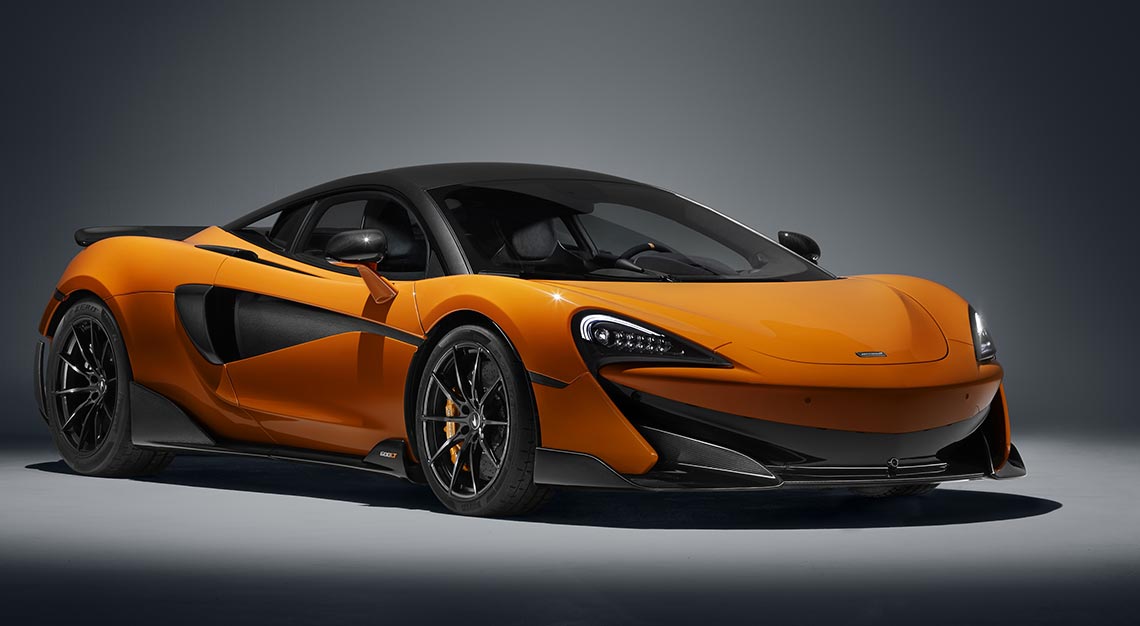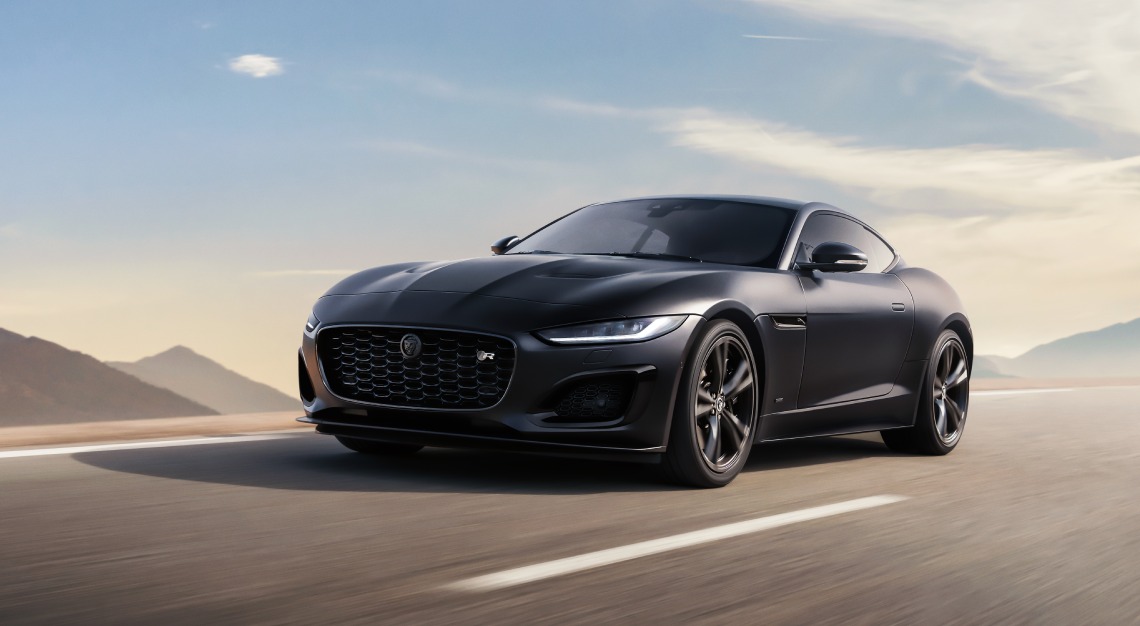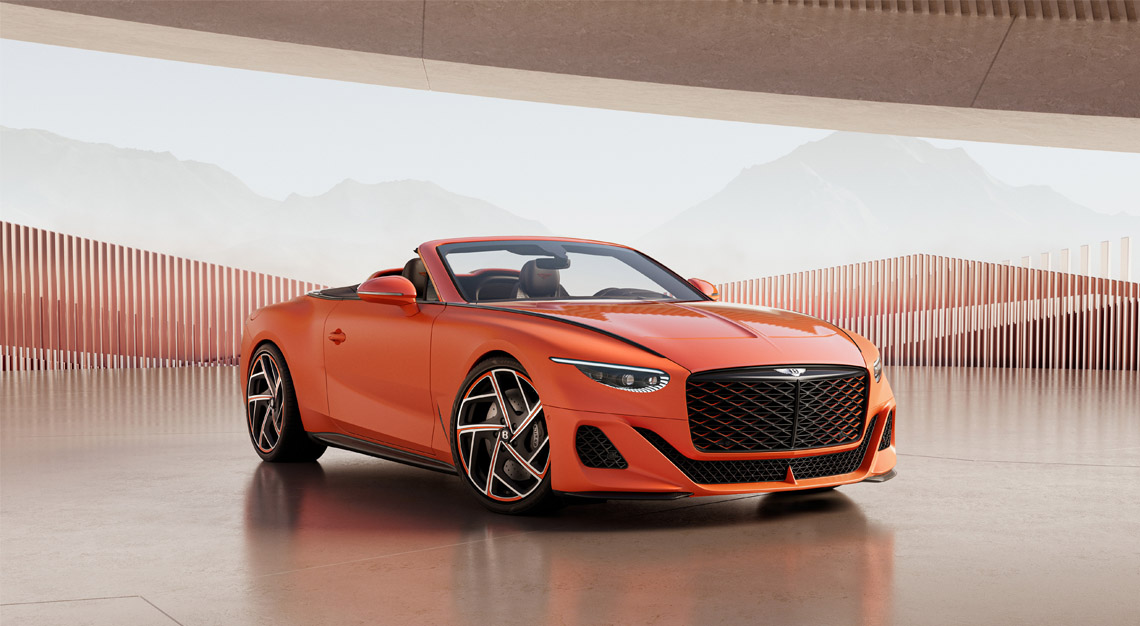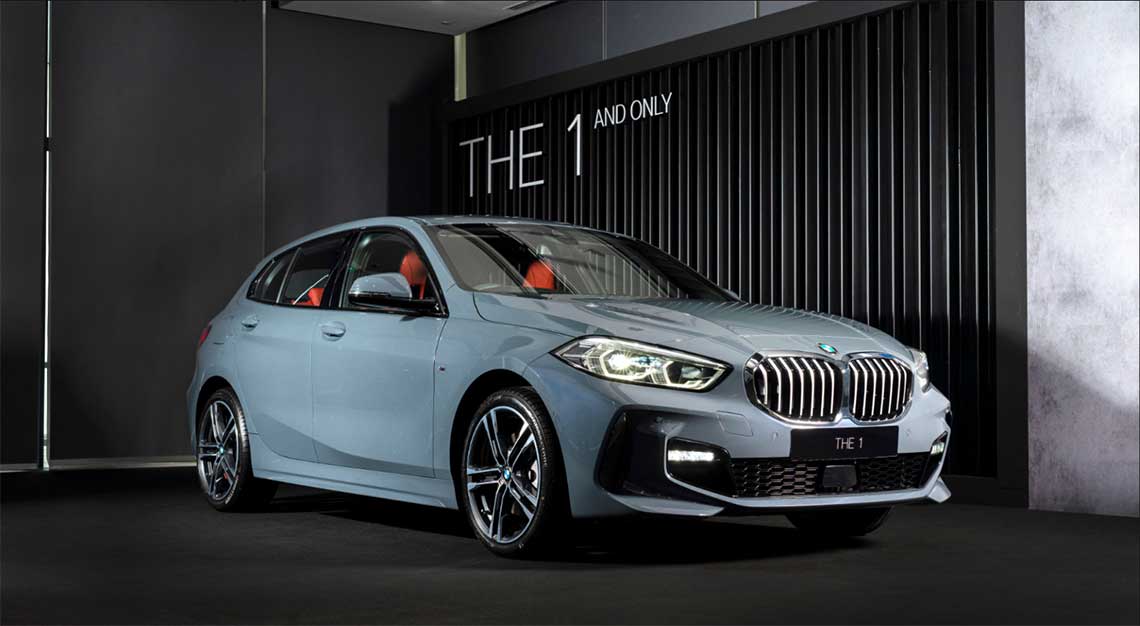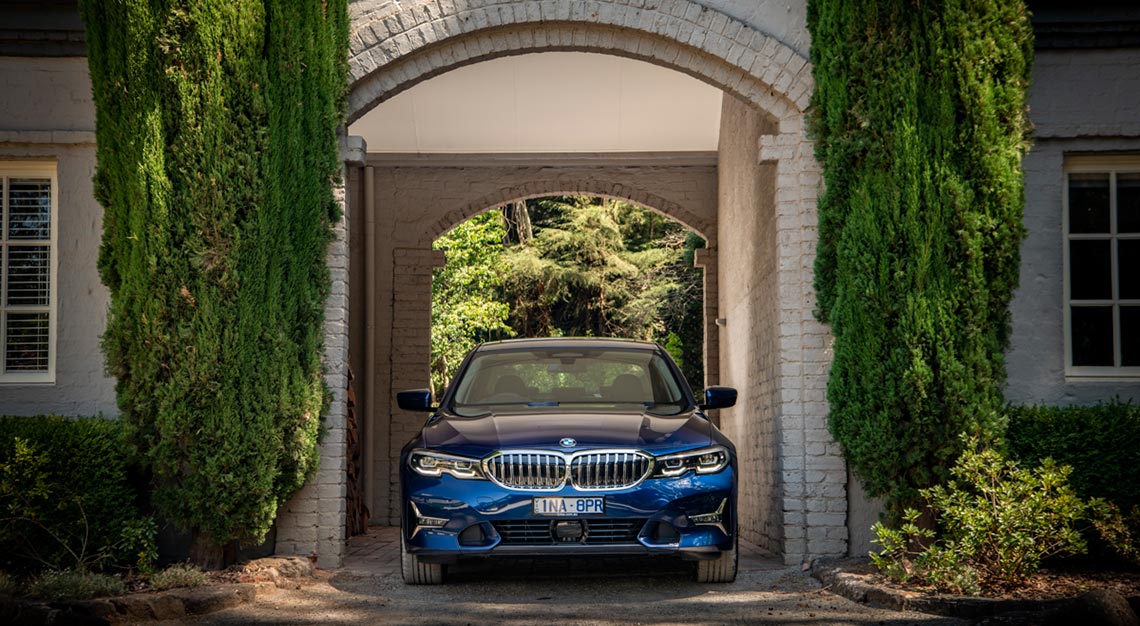From deciding between classic or cutting-edge to when to touch that toggle, here are some tips to make the most of your new dream machine
Your company just IPO’d, you’re ready to dump the family truckster, and your significant other has given you the go-ahead: you’re finally ready to dive into the supercar lifestyle you’ve been dreaming of since you were a car-obsessed kid.
What you didn’t know is that your freshly minted acquisition is more than a bit daunting. Your new ride has awkward ergonomics, controls that look more at home in a spaceship than a road car, and enough power on tap to launch you into hyperspace. What do you do, what do you not do, and how do you avoid becoming internet famous for all the wrong reasons?
Swing up those scissor doors, climb inside, and buckle up. This is our guide to everything you wanted to know about driving a supercar, but were afraid to ask.
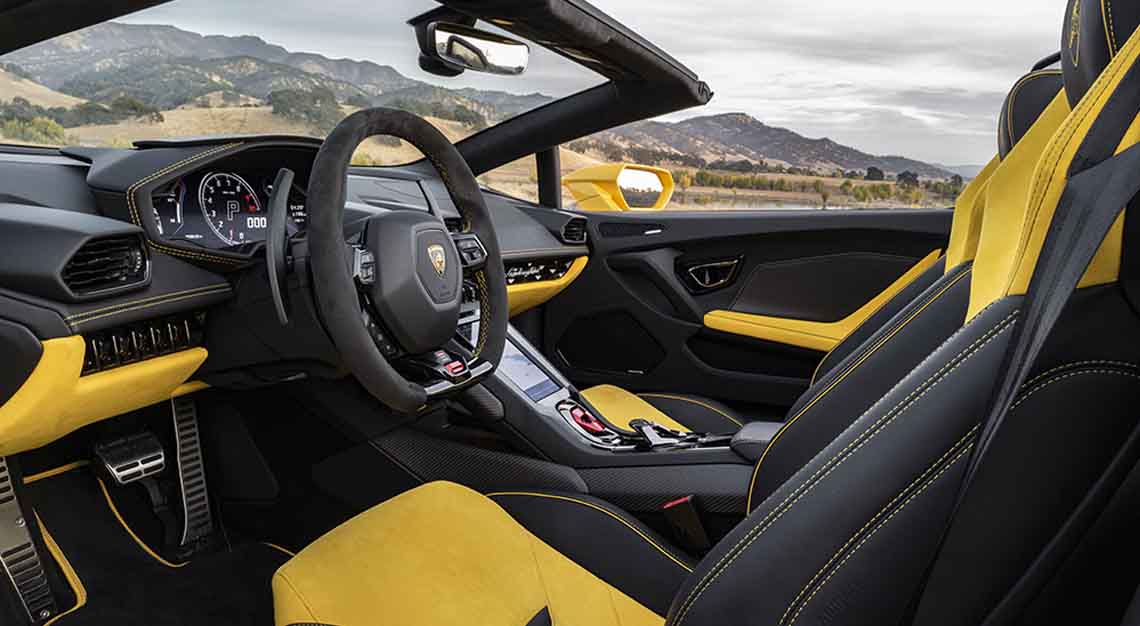
The vintage will change the driving experience
Supercars can change your life—just ask collector Drew Coblitz. “I’ve helped a lot of people who’ve dreamt about finally buying their first real “toy,” and it’s really something else when they finally acquire it,” he says. “I get to watch people revert back to their child-like self for a brief moment, and that happiness and freedom is really special.”
Assuming you’re embarking on this journey for the first time, let’s first settle on one key distinction: Are you acquiring a poster car from your childhood—say, a 1960s Lamborghini Miura, a 1970s Ferrari Berlinetta Boxer, a 1980s Lamborghini Countach, a 1990s McLaren F1? Or are you seeking a brand-new model from the latest ultra-high-end marque? Your path will differ dramatically depending on the vintage.
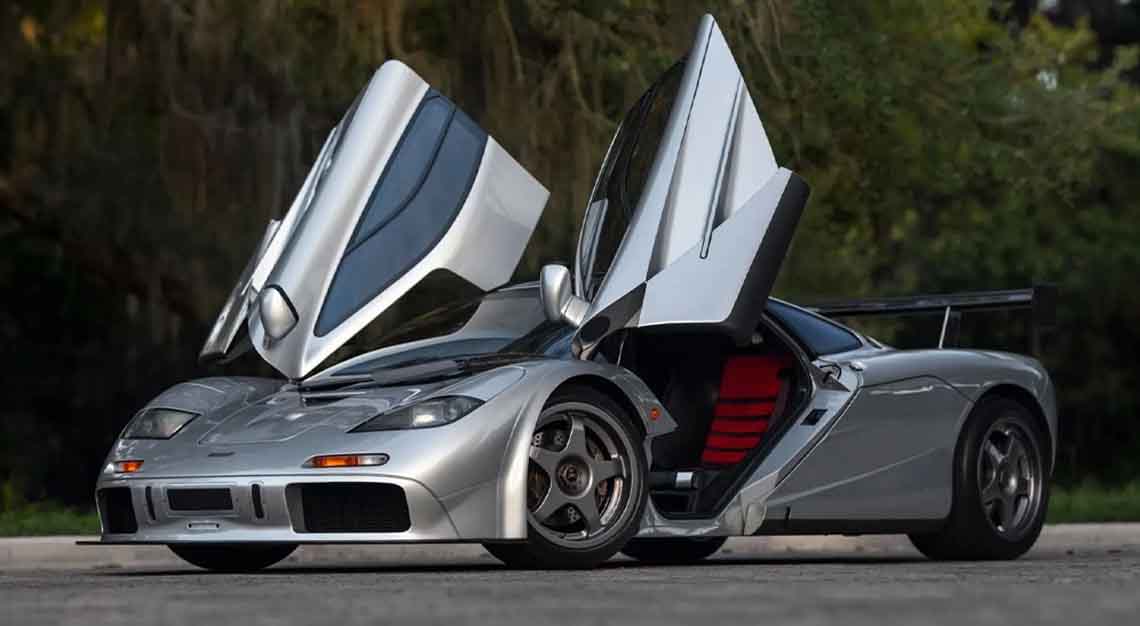
Sergio, a supercar collector who wishes to keep his last name anonymous, counts a panoply of classic and modern-day exotics in his stable. He says, “While I love the relative reliability of modern supercars compared to their predecessors, there’s a huge divide between modern and classic. I find the classics much more rewarding to drive and own.”
The SoCal-based collector does, however, qualify his statement. “My McLaren 720S and 911 GT3 Touring are much easier to drive and can run circles around my ’80s and ’90s time capsules. They also do too much for the driver in terms of shifting for you.” He adds that the GT3 Touring’s manual transmission has rev-matching and hill-control features that make it closer to a paddle shifter than a conventional manual gearbox. “The smells, sounds, and analog joy of pushing a Ferrari 512 TR through its gears cannot be matched by anything modern,” he insists, while admitting that their charms come at a significant cost. “I had to hire my exotics mechanic as a full-time employee,” he says, “but it allows me to drive these classics as they were meant to be, without the concerns of reliability.”
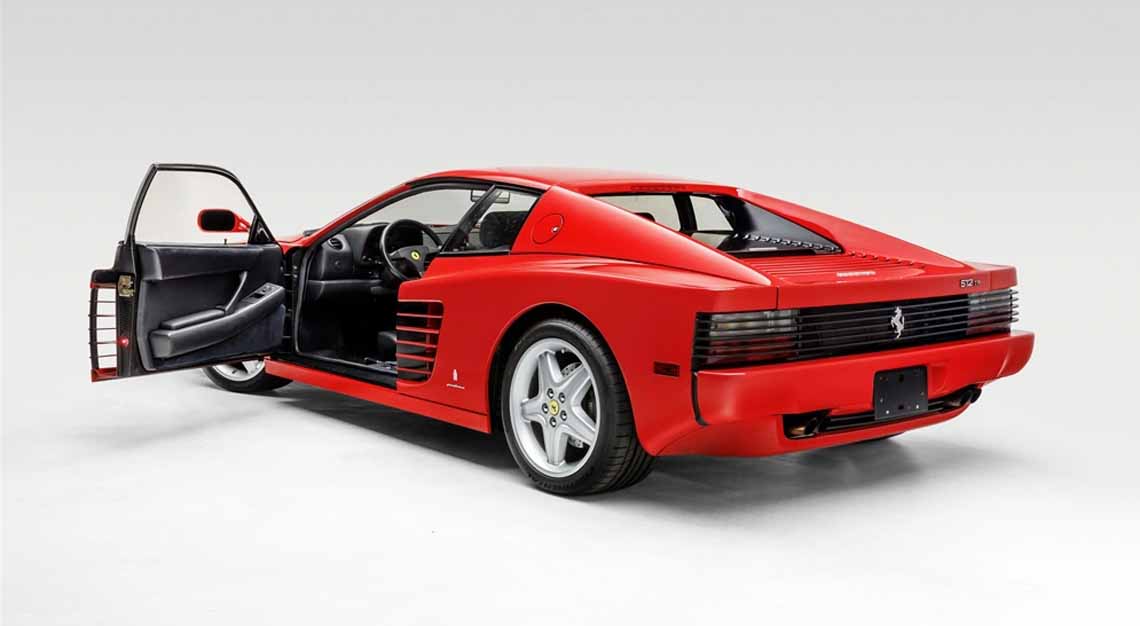
For Dr. Saman Soleymani, a North Florida–based collector, the type of power plant is key. “Older Ferraris like the 430 and 458 are naturally aspirated and sound amazing, so they give you that extra thrill,” he says, noting that the distinction has influenced his purchasing patterns. “It’s one of the major reasons that I don’t own any [new] Ferraris; I like Lamborghinis because, outside of their SUV, everything they make is naturally aspirated, which adds a completely different level of sensation and experience to driving the car.”
However, it appears that Soleymani is willing to make some notable exceptions. Among his incoming acquisitions are a Pagani Utopia (whose V-12 is fed by two turbochargers) and a Bugatti Chiron Pur Sport (whose 16-cylinder engine features no fewer than four turbos). The bottom line is to experience a variety of configurations and consider how you resonate with the different visceral rewards each deliver.
Be a control freak
Old-school supercars are more likely to feature archaic driver controls that include conventional toggles, switches, and dials, as opposed to more technologically focused interfaces. That’s not to say that classic supercars are intuitive, as many incorporate cryptically labelled sliders and dials. But the digital maze of modern controls can be equally perplexing. For example, Soleymani points out that his Pagani’s mirror controls are embedded into the multimedia system’s touchscreen menu. Considering the massive blind spots presented by most supercars, setting the mirror position takes on a supremely important part of the pre-drive ritual.
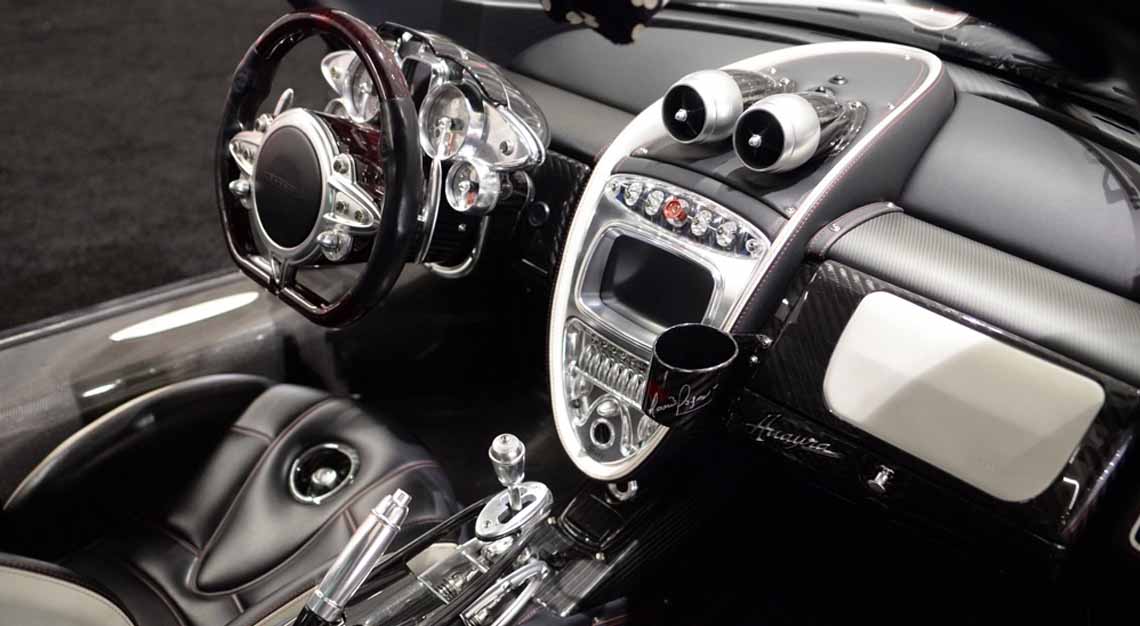
If your supercar is modern enough to be equipped with a nose-lift system, we advise you to learn it, use it, love it: this novel bit of kit can make the difference between gliding by uneventfully, or ignominiously scraping your front end on a steep driveway. The lift hardware typically uses electric stepper motors to raise the nose’s clearance over kerbs and inclines, while more advanced systems are capable of memorising GPS locations and automatically engaging so your seven-figure investment doesn’t get damaged from something akin to the flight of fantasy in Ferris Bueller’s Day Off.
When it comes to vehicle dynamics, supercars typically feature a far more complex array of driver modes than so-called normal cars. For instance, models from McLaren manage their complex driving systems through two dials labelled “P” and “H”—short for Powertrain and Handling. To complicate matters, they’re only responsive when the nearby Active button is selected, with additional Aero, Manual, or ESC Off buttons embedded within each dial. Further elevating the complexity are neighbouring buttons like Launch and Winter.
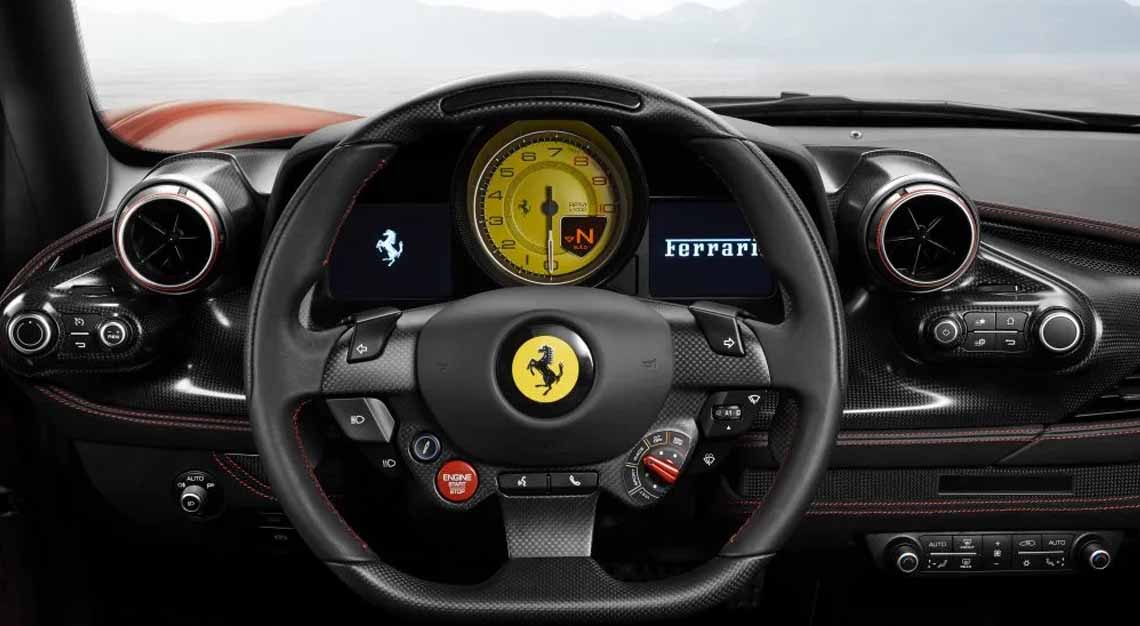
Ferrari’s steering wheel–mounted manettino offers more streamlined controls but scatters all manner of other dials, switches, and buttons around it, like a bogglingly complex Formula 1 wheel. You’ll want to study up on the effects of each setting, as well as Ferrari’s wonderfully mystifying Bumpy Road button, which softens the magnetorheological shock absorbers for—you guessed it, bumpy roads.
Light shows and warnings
The supercar newbie might be confused by the Christmas-tree array of lights and indicators that signal various states of stability and traction control. However, if said driver is attempting to loosen the reins on the electronic nannies that keep obscene amounts of power in cheque, they are advised to proceed with extreme caution.
“If you’re not someone that has done any kind of performance driving in a controlled environment, you should definitely start with baby steps,” advises Soleymani. “[Disabling safety systems] can be a recipe for disaster; it’s why we see so many people get into a new car and wrecking on the way out of a dealership.”
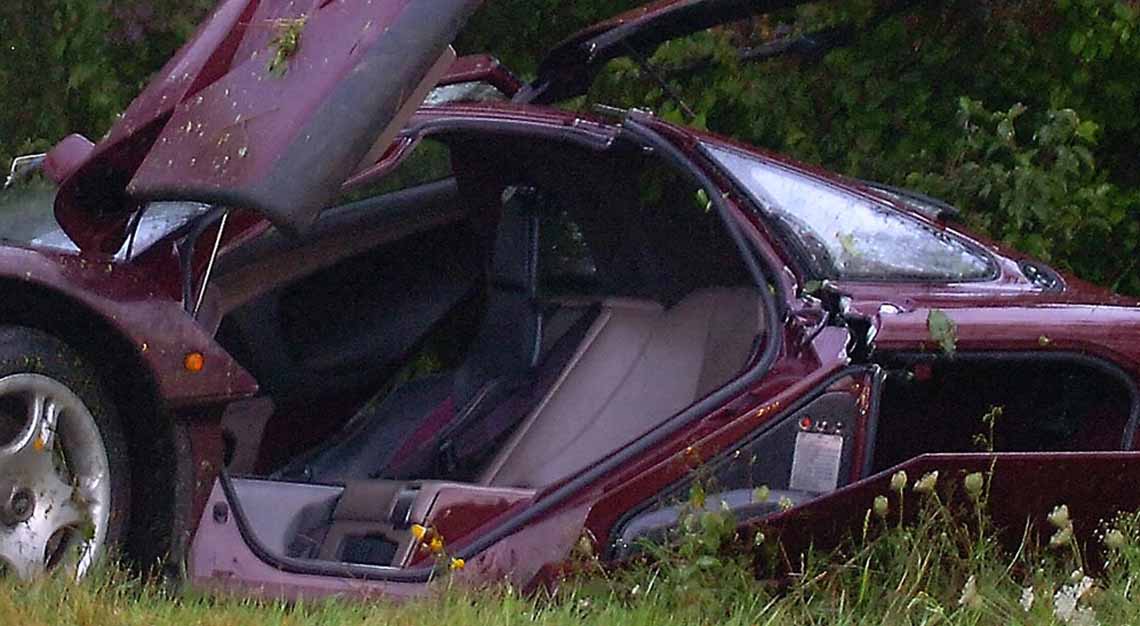
Certain warning lights might come uninvited, as modern supercars are notoriously high-strung and finicky. And many older models are all but guaranteed to flash warnings from time to time. “I’ve found that my older Ferraris and Lambos will often throw a cheque-engine light after not being driven for a while,” says Sergio, “but they usually stop their pouting after a few redlines and eventually deliver a warning light–free experience.”
Where the rubber meets the road
Now that you’re properly situated (and have hopefully selected a mild driving mode that doesn’t unleash all of your supercar’s prodigious horsepower all at once), you’ll want to focus on the task of driving—while resisting the urge to fiddle with all those buttons, showboat at low speeds with scissor doors swung up to the sky, or shoot gratuitous selfies.
Despite copious electronic safety nets, supercars do not suffer fools because they accumulate speed so rapidly and their tyres can quickly exceed the limitations of their grip. Add the x-factor of low temperatures or wet conditions, and your high-powered steed can become an out-of-control projectile in a hurry.
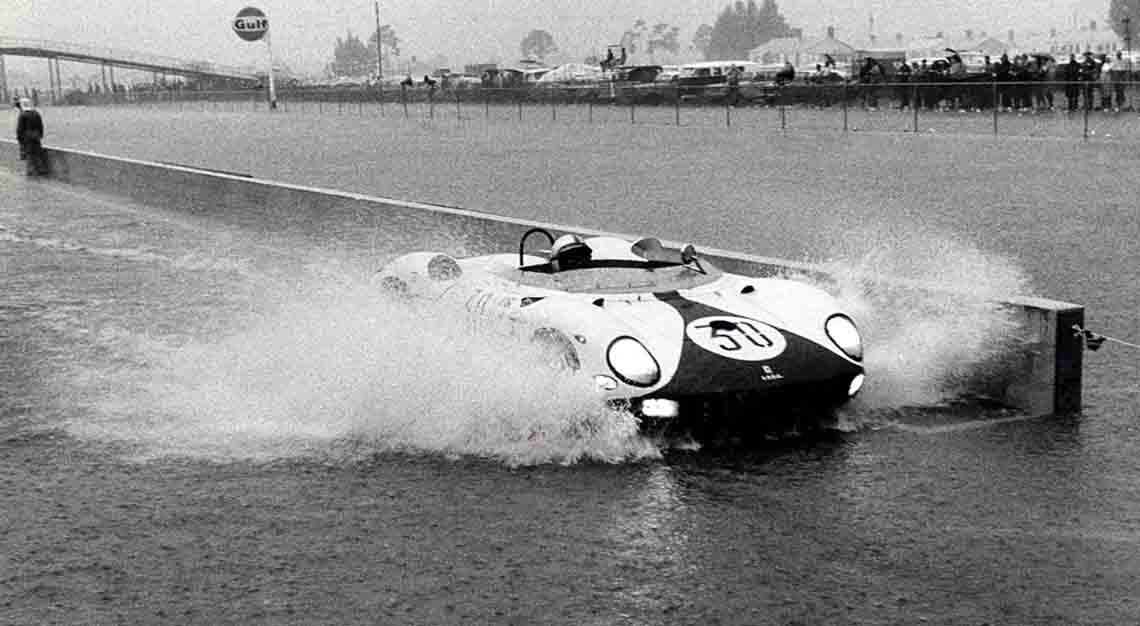
“You want to cheque the weather an extra four times before going out, as you don’t want to get stuck 64 kilometres from home in a low, wide car touting 500+ hp and wide semi-slick tyres that love a good hydroplane opportunity,” asserts Coblitz, who speaks with a level of specificity that appears to suggest personal experience. The Philadelphia resident also advises vigilance against iffy road conditions. “It takes one bad pothole to have a really bad day,” he warns. “Especially on newer cars that have sophisticated suspensions and a lot of carbon bodywork. If you really nail something, you could be looking at a huge bill.” Coblitz also cites tactical motivations, like hunting for the perfect parking spot to avoid potential damage, as par for the course when driving these fierce, but sometimes vulnerable, machines.
Don’t be a jerk
Logistics aside, there are a multiplicity of sociological implications—beyond not making an arse out of oneself by crashing—to consider when piloting a high-dollar, high-performance machine. “There will always be people who will assume you’re a totally self-indulgent wiener,” says Coblitz, “and honestly, they could be right,” he adds. “But as long as you’re happy and not endangering others when you drive, who cares?”
Once you’re underway, you’re likely to find that supercars are less than ideal at coping with the perils of everyday drivers in the real world. Thing is, there’s a good chance that those who are driving workaday vehicles are neither impressed by, nor terribly cognisant of, your iconically badged beauty. Then there are some who might not notice your thoroughbred because they’re high above traffic in an SUV, while you’re hunkered down, low to the ground.
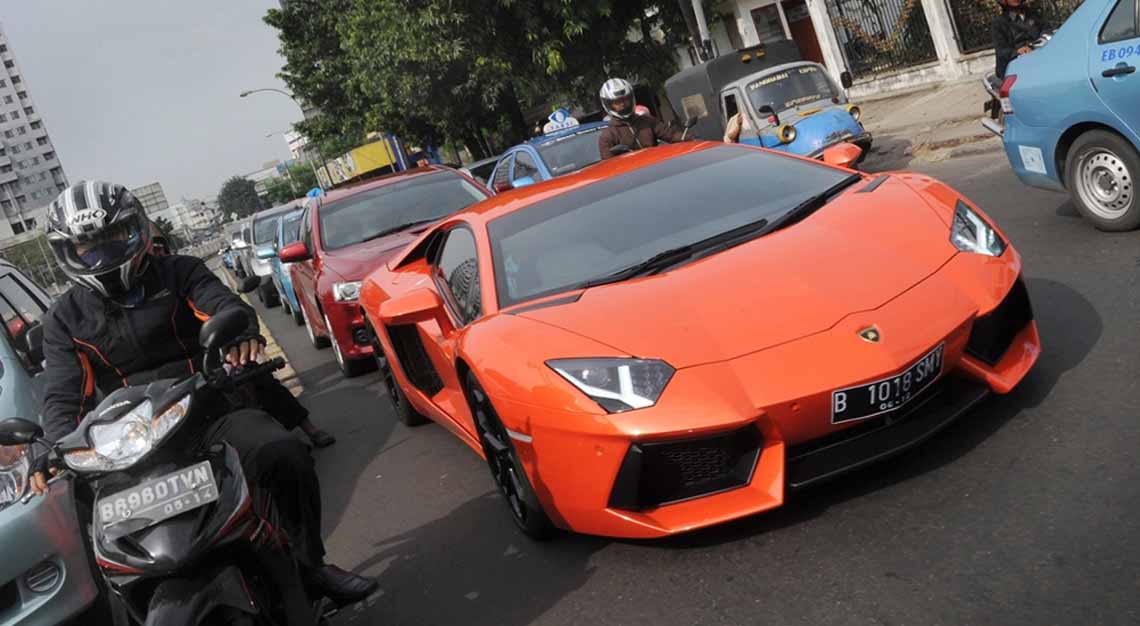
The only drivers more dangerous than those who are blissfully unaware, are those who are supercar spotters—ones who will stop at nothing to grab a snapshot of your vehicle with their cellphone. I’ve personally witnessed enough one-handed lane wandering from others attempting to immortalise a rare model that I’ve felt in danger of being bumped into more times than I can count on both hands.
Therein lies yet another paradox: the unbearable truth that, try as you may to savour the sweet, sweet power and spine-tingling handling of an exotic, public roads will all but certainly leave you wanting more. “Ninety percent of the time, you’ll be presented with the road you wanted to drive on with not a lot of traffic, but someone in a very slow car will manage to turn in front of you,” says Coblitz. Ever the optimist, he also adds, “The flip side is this teaches you how to get pretty zen with yourself, after the initial cursing and anger have passed.”
Supercar together
Though the vast majority of supercars are driven on traffic-clogged boulevards, their race-inspired hardware is best experienced on a racetrack. That said, most high-end carmakers offer track-based experiences where enthusiasts can enjoy the brand’s portfolios within curated, heavily controlled environments. Some locations are fixed—think, Ferrari’s factory circuit in Fiorano, Italy—while others visit locales like the Dolomites or the Arctic Circle, where manoeuvring on ice and snow can help finesse the finer points of precision driving.
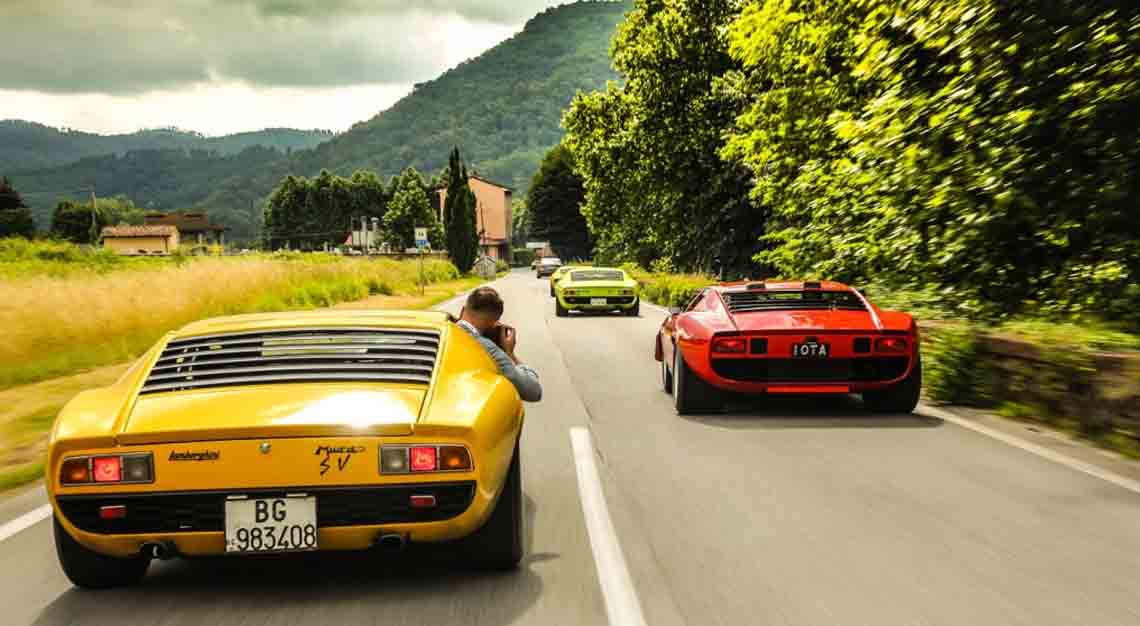
Even further down the experiential rabbit hole are rallies, poker runs, and organised drives that have a way of putting these extraordinary machines into a comprehensible context. “There is a benefit of planning drives with groups of like-minded collectors,” says Coblitz. As a journalist and supercar enthusiast, I can personally vouch for the camaraderie that comes with communing with fellow petrolheads (including Coblitz, Sergio, and Soleymani) at everything from classic events like the Mille Miglia and Colourado Grand to high-speed adventures such as the Sun Valley Tour dae Force and even posh getaways like O’Gara Coach’s Desert Escape.
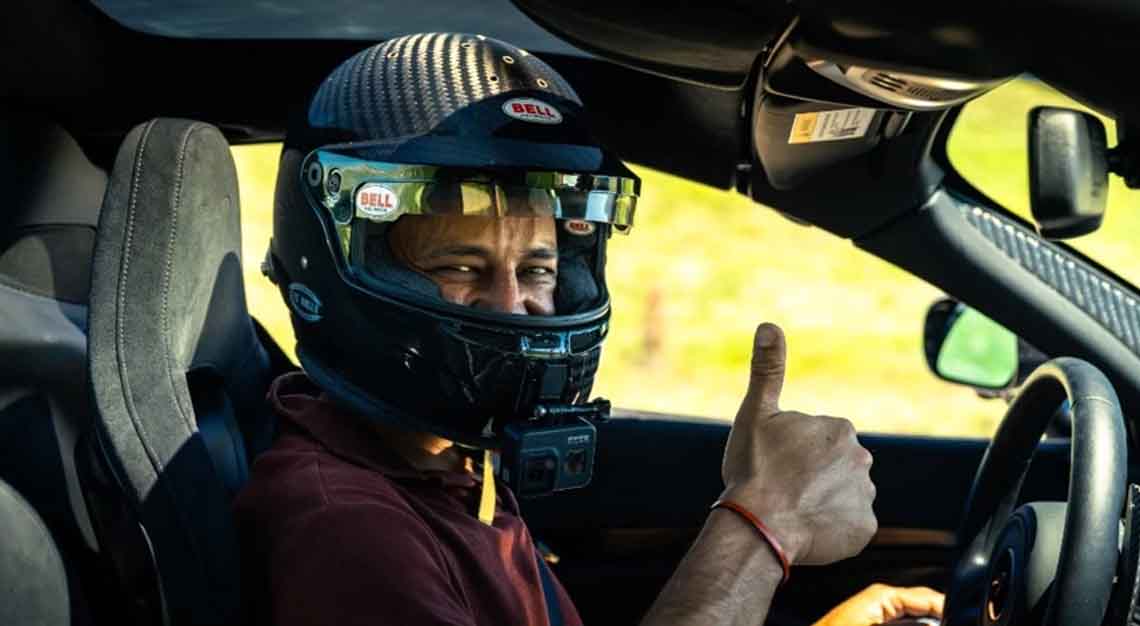
So, while it’s easy to get caught up in the intrigue of climbing into a fighter jet–like speed machine seemingly designed for the sole purpose of vehicular shock and awe, the best kept secret about supercars is that there’s a world of enjoyment to be had when it’s shared with a social network of enthusiasts. “Aside from being fun, it’s a great way to engage with others who share a similar passion,” Coblitz says. “You end up meeting some incredibly amazing people this way.”
Basem Wasef is an automotive journalist and author of the book Speed Read Supercar, which explores the history, technology, and design of the world’s most exciting vehicles.
This story was first published on Robb Report USA
